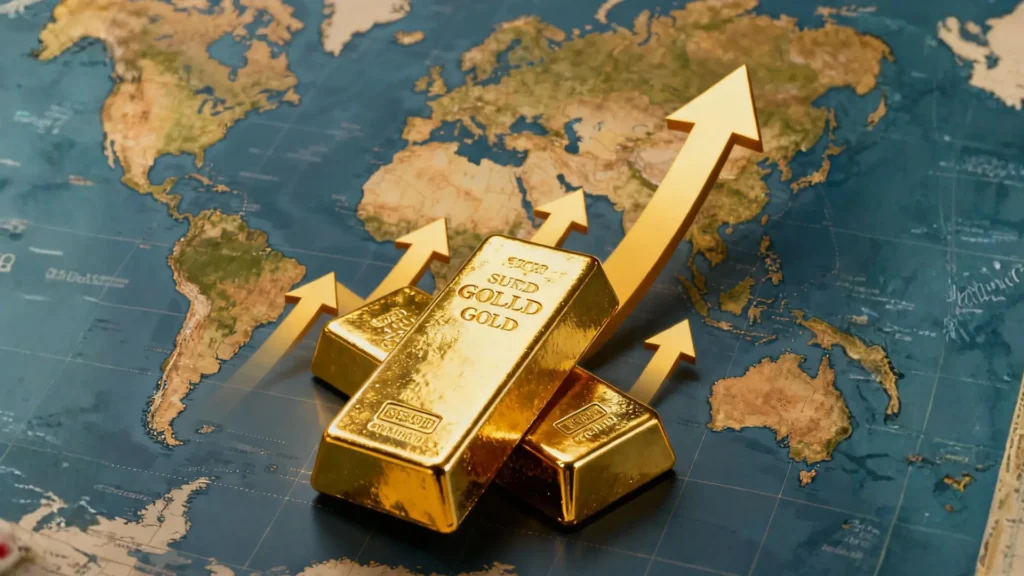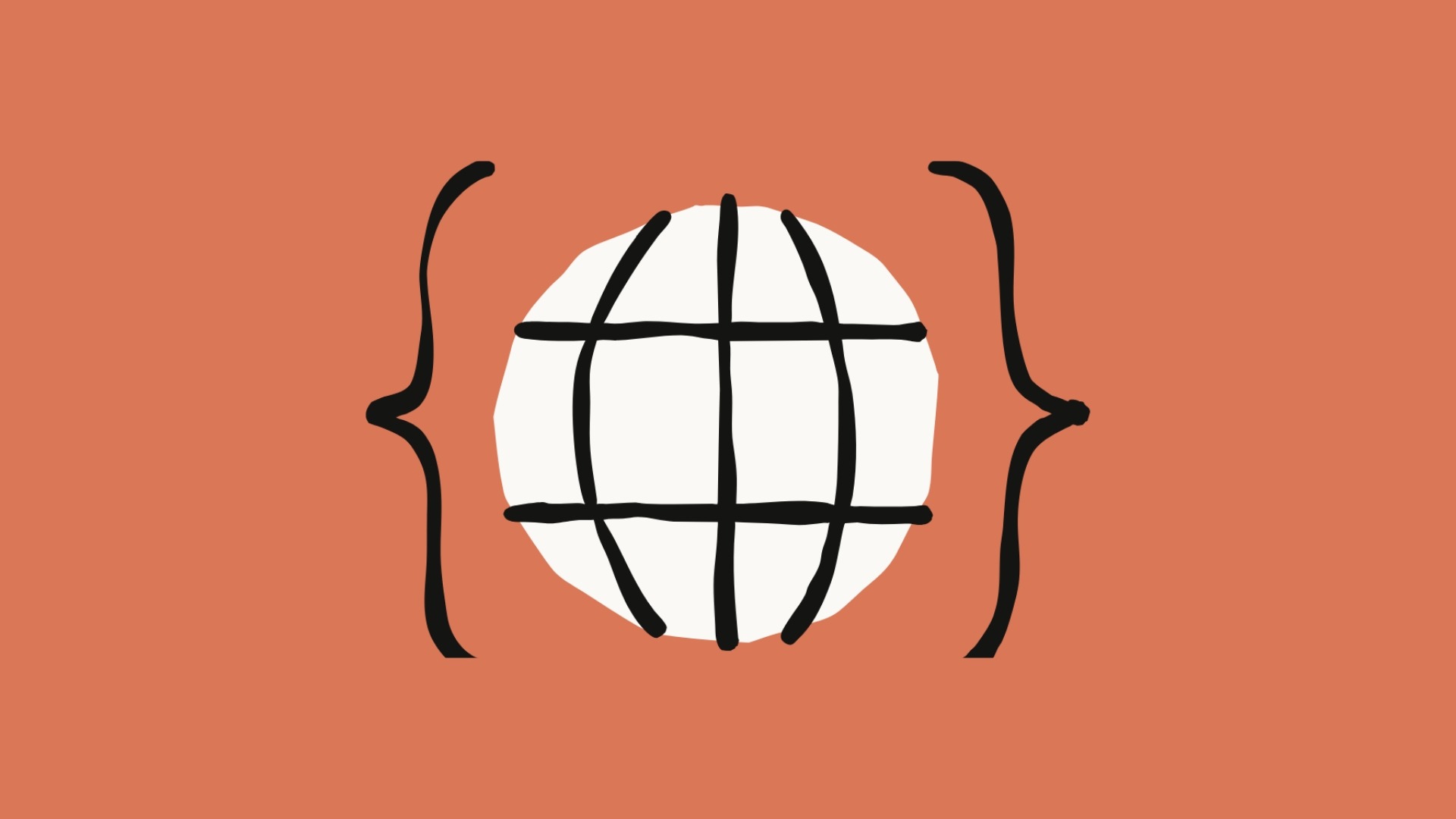For decades, we’ve seen a predictable pattern in how investors behave during uncertain times: when stock markets fall, gold rises. Gold has always been considered a safe haven, a hedge against volatility and inflation.
In India, that old logic still holds. Whenever markets struggle and fall, investors rush toward gold. But this time, the story is different globally.
Indian markets are still struggling to regain momentum and touch their all-time highs, while the U.S. markets are already hovering around record levels. On top of that, we’re witnessing geopolitical tensions continue, trade wars and tariff threats have resurfaced with Trump’s comeback narrative, and yet, amid all this, gold is rallying like never before.
In just a few months, gold has climbed to record highs. The question is why? What exactly is driving this massive global surge in gold prices when risk assets like equities are also booming?
In this article, let’s break down the key reasons behind this rally and explore how it’s shaping the broader economy and wealth landscape in India.
The S&P 500 recently hit around 6,735 points, putting it within ≈0.3% of its all-time high. Simultaneously, the Dow Jones Industrial Average stood at about 46,706.58, rising strongly on the back of earnings and tech optimism.
Now why we need to understand this is, when markets are at highs, gold becomes less attractive. The price of gold has surged, and spot gold recently reached around US $4,254.59 per troy ounce. In the last year, gold prices have risen by 60%.
One of the biggest forces behind gold’s rally is the unprecedented central bank demand. Countries across Asia, the Middle East, and Latin America are increasing their gold reserves as they try to diversify away from the U.S. dollar. According to the World Gold Council, central banks purchased more than 1,000 tonnes of gold last year, which is one of the highest levels ever recorded.
So, when a nation diversifies their reserves, it signals strong institutional confidence in gold as a store of value, and that eventually drives the prices higher.
Next comes the rate-cut expectations. Usually, we all know gold doesn’t pay any interest. So, when real yields (interest rates adjusted for inflation) are high, investors usually prefer bonds because they can earn better risk-free returns. But now, with markets expecting rate cuts from the U.S. Federal Reserve and other central banks, real yields are falling, meaning the inflation-adjusted returns from bonds are shrinking.
When you’re not earning much extra from bonds, gold starts to look like a smarter way to preserve value, especially during uncertain times.
Then comes the major factor, which is rising geopolitical and economic uncertainty. Trade tensions are all over the world, and different regions are reshaping trade routes, and global supply chains are changing.
So, when there is an uncertainty around the globe, people tend to move towards the safer investment options. Gold offers stability when everything else looks unpredictable.
And one more reason, which people often don’t talk about, is the weakening dollar and diversification demand. The U.S. dollar has been showing signs of weakness. A weaker dollar automatically pushes gold prices up (since gold is priced in dollars globally). On top of that, big investors from sovereign funds to hedge funds are diversifying their portfolios.
And as everyone knows, gold is in limited supply. So, when the demand surges suddenly from central banks and retail investors, prices will rise rapidly because supply can’t keep up.
In India alone, household gold holdings are estimated at over 25,000 tonnes, worth more than $3.8 trillion after the latest price surge. So, as prices rise globally, families here are sitting on massive wealth gains.
But you know this growth is also seeing a growth in lending. When gold prices rise, it directly impacts both borrowers and lenders, but in a mostly positive way for lenders.
Gold loans are given based on the value of the gold pledged. In India, lenders can typically lend up to 75% of the gold’s market value (loan-to-value ratio, or LTV) as per RBI regulations.
So, when gold prices jump by, say, 20–30%, the same amount of jewellery now holds a much higher market value. Rising gold prices also make lenders feel safer. Why? Because when the value of the pledged gold increases, the loan-to-value ratio automatically falls, meaning the gold now covers more than what the borrower owes.
Since gold loans are easy to get (no income proof, instant approval), rising gold value makes them even more attractive. This increases new loan demand, especially for NBFCs specializing in small-ticket, short-tenure loans.
So, this is what happening with the rise of gold prices. And these are the reasons why gold is rising continuously.
But with the trade talks and negotiations going on, the demand for gold may soften in the coming days.










